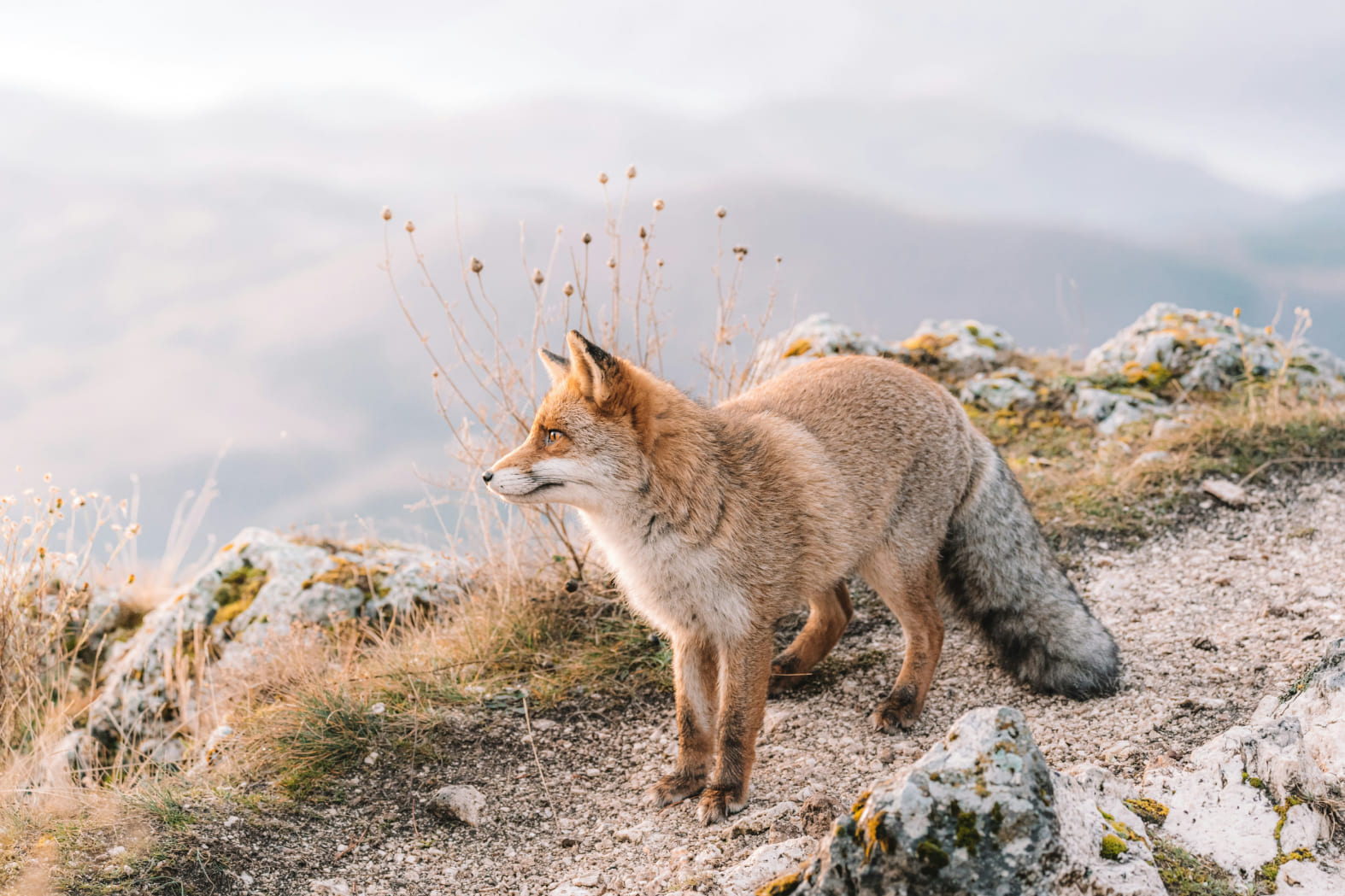The Fox: Cunning and Resilient Survivor of the Wild
Foxes are small to medium-sized omnivores known for their intelligence, adaptability, and striking appearance. With over 30 species worldwide, foxes inhabit a wide range of environments, from forests and grasslands to deserts and even urban areas. Known for their bushy tails and sharp, expressive faces, foxes have become symbols of cleverness in various cultures, often depicted as cunning and resourceful animals.
Adaptability and Habitat Diversity
One of the fox’s greatest strengths is its adaptability. While the red fox is the most common species and can be found across the Northern Hemisphere, other fox species have evolved to survive in extreme conditions. For instance, the Arctic fox has a thick coat that allows it to thrive in freezing temperatures, while the fennec fox has large ears that help dissipate heat in the deserts of North Africa. Foxes have learned to coexist with humans and are even found in urban areas, where they scavenge for food and use their agility to navigate man-made structures.
Diet and Hunting Strategies
Foxes are opportunistic feeders, consuming a diet that includes small mammals, birds, insects, and fruits. This varied diet helps them survive in diverse habitats and seasons. One of their most notable hunting techniques is the “pounce,” where they leap into the air and dive onto their prey, often with remarkable accuracy. Foxes are also known for their cunning and patience, often stalking prey quietly before striking. This adaptability in diet and hunting makes foxes resilient predators, capable of thriving in environments where other animals might struggle.
Social Structure and Behavior
Foxes are generally solitary animals, though they sometimes live in small family groups, particularly during the breeding season. They communicate through vocalizations, body language, and scent markings, which help establish territory and convey messages to other foxes. Foxes are particularly vocal during mating season, using a range of sounds to attract mates and ward off rivals. Their intelligence and social complexity make them fascinating animals, well-suited to adapting to an ever-changing world.


